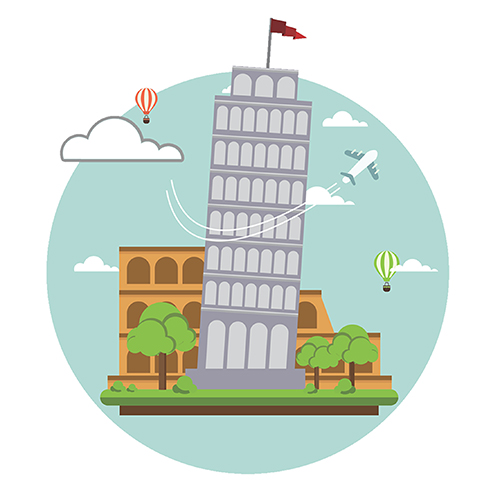Leggi il dialogo
Signor Rossi: Salve !
Signor Bianchi: Buongiorno !
Signor Rossi: Come va ?
Signor Bianchi: Abbastanza bene, grazie. E Lei ?
Signor Rossi: Tutto bene, grazie.
Signor Bianchi: Beh, arrivederci !
Signor Rossi: Arrivederci. E buona giornata !
▻ salve: hello
Salve is slightly more formal than ciao and it can be used to greet anyone, from a friend to our boss at work. So in case we don’t know how to address someone, using salve is always the safest choice. Salve is usually used to greet someone and less frequently when parting ways.
▻ buongiorno: good morning
This expression is more commonly written as buongiorno, although the form buon giorno is also correct.
▻ come va ?: how’s it going ?
This expression can be used with anyone, because it’s neither formal nor informal.
▻ e Lei ?: and you ?
Lei (usually written with a capital L) is the formal version of you. It literally means “she“, but it’s used to address someone in a polite way. We use it with acquaintances, people that we’ve just met, older people (unless they are family members), our boss and so on.
▻ arrivederci: see you
This expression literally means we’ll see each other again and it is a formal way to part ways with someone. An even more formal version is arrivederLa.
▻ buona giornata: have a good day
Unlike buongiorno that can only be used to greet someone, buona giornata can only be used when we are parting ways. Both the word giorno and giornata mean day, but giornata also implies the duration of the day, so it corresponds to the whole day or the rest of the day. When we say buona giornata, we’re actually saying have a good rest of the day.
Completa il dialogo.
Complete the dialogue.
If you have any questions or doubts, leave a comment below.



